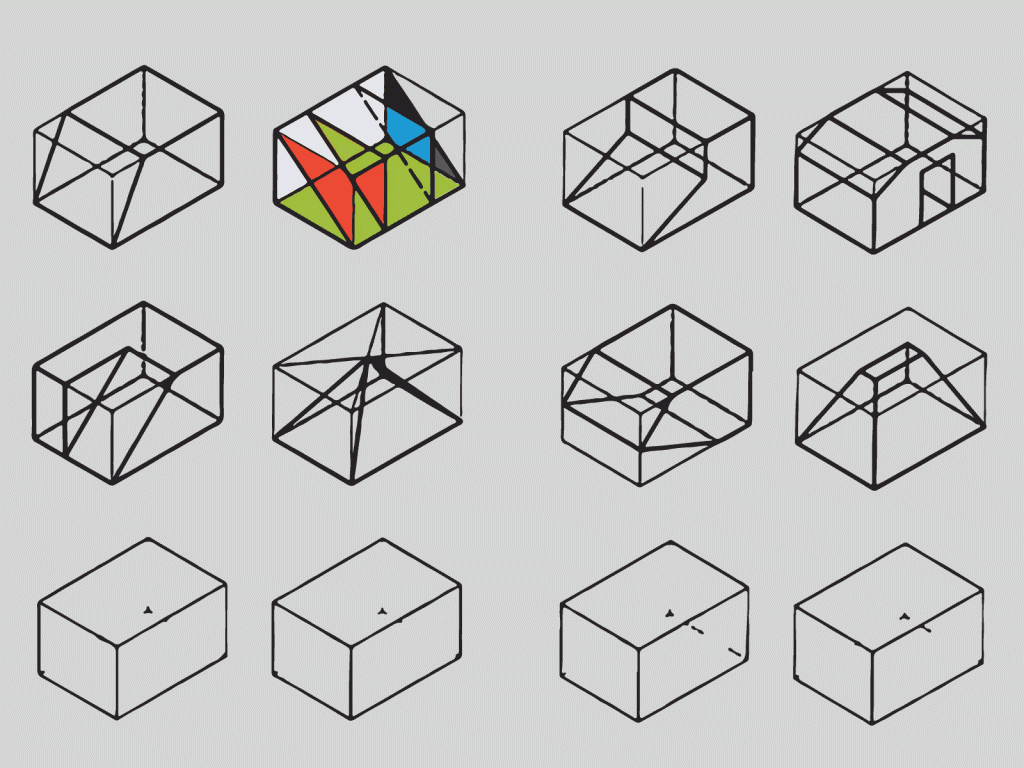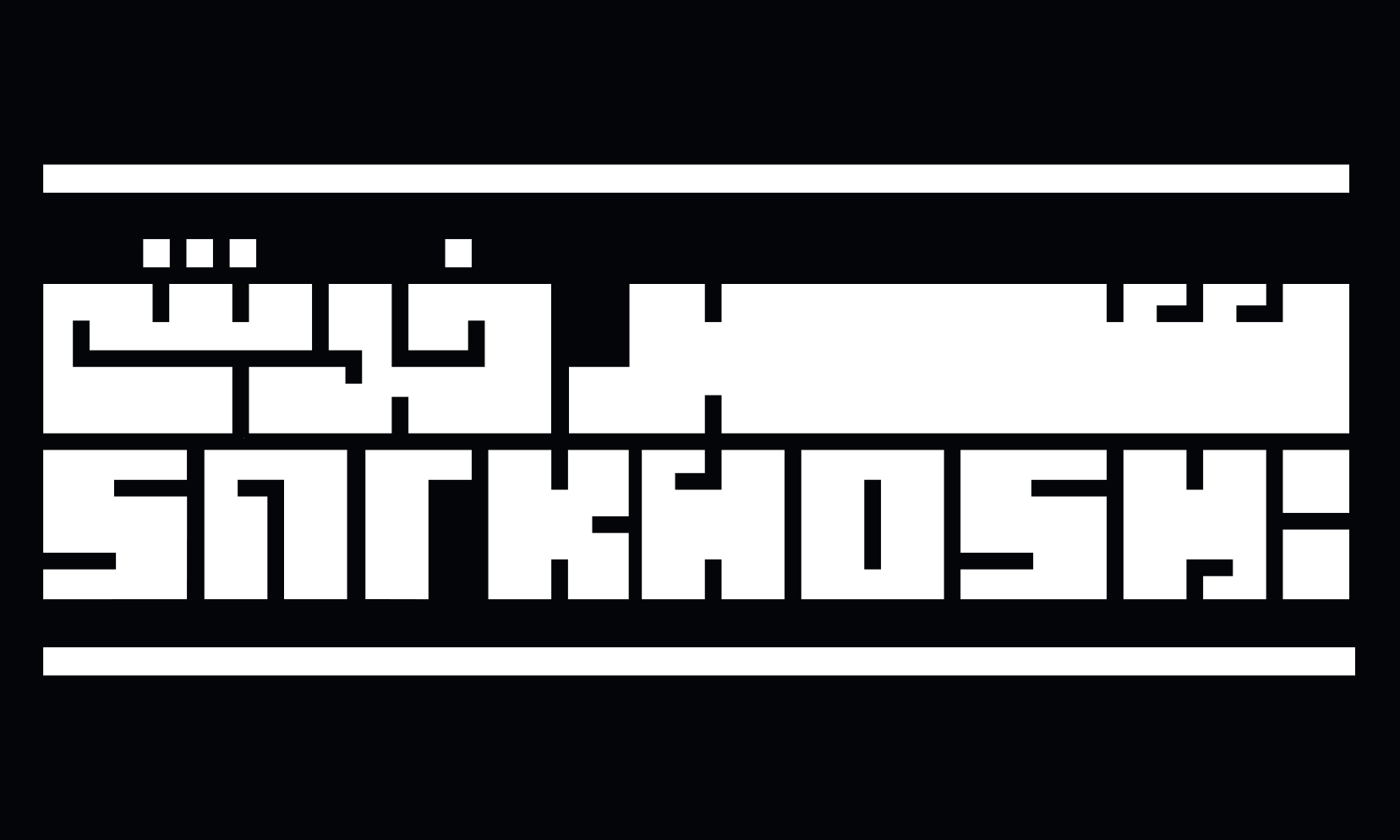
About Sarkhoshi
Sarkhoshi is an ongoing, unfinished project—one that is, in many ways, aware of its own partial failures. Even its name might be mistaken for an attempt to normalize the status quo or distract from the present. But Sarkhoshi does not aim to offer false hope. It is not necessarily aligned with cheerfulness or defenders of the current order. Depending on the context and the theme of each issue, it may observe or explore such figures—but always with a critical eye.
Following two exhibitions—Deep Depression and Deeper Depression—the third part of the series, Unjustified Euphoria, was intended to take place in public space, completing a cycle with a critical look at passivity, inaction, and their counterparts: apathy and irresponsibility—both of which can be deeply harmful in civic life. That project, however, never moved beyond the planning phase.
The idea for launching the Sarkhoshi website dates back to 2011–2012. The platform was designed to focus on public-space projects. A poster and open call were designed by Siamak Pourjabar, and over the years, several informal and scattered gatherings took place, including:
- Parking Projects (a conversation with Indonesian artists Irwan Ahmett and Tita Salina)
- Mohsen Projects (Several Unusual Encounters: Garden Factory, Tehran Carnival, and experiments from Lahijan, Tehran, and Sanandaj)
- And later events hosted by Aaran Gallery (Art in Public Space) and the Tehran Museum of Contemporary Art (a lecture by Michel Dewilde).
In early 2020, after a period of upheaval and events that permanently altered our relationship with the city, public space, and social interaction, we began releasing new multimedia projects. Though everything may have changed, we continue to write—consciously, joyfully, and with purpose.
We close with the short statement that began it all:
Sarkhoshi is interested in art in public space. It is concerned with the city. It wants to contribute to the city, not merely consume it. Sarkhoshi is a medium: here, you’ll find text, sound, images, and video, as well as themed cases published periodically.
March–April 2020

